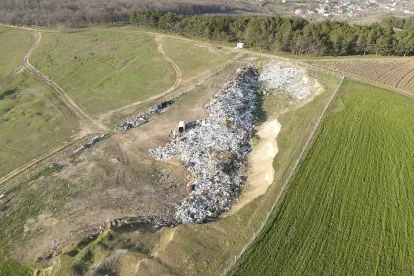In June 2021, we predicted that the American Society for Testing and Material (“ASTM”) would revise its existing “gold standard” for environmental due diligence – the Phase I environmental site assessment – to update certain definitions, recommended processes, and for the first time include a reference to PFAS. Our prediction at the time was that the ASTM PFAS changes would likely recognize that while PFAS are a “non-scope issue,” they do not rise to the level of recognized environmental contaminants.
On November 1, 2021, the ASTM’s environmental assessment, risk management, and corrective action committee (the E50 committee) released E 1527-21, which revises certain portions of the Phase I Environmental Site Assessment protocol. The ASTM changes are significant for a wide array of entities, including investors, lenders, banking, insurers, and any parties contemplating an M&A. Notably, E 1527-21 does include a reference to PFAS. While the ASTM PFAS changes may not go as far as some wished, the change nevertheless signals to anyone in the Phase I Environmental Site Assessment process that they should begin conducting PFAS assessments voluntarily. Financial world dealmakers must pay close attention to the new ASTM proposal to protect their investments as they move forward.
ASTM PFAS Changes Under E 1527-21
The ASTM change to the Phase I Environmental Site Assessment set new requirements for complying with the All Appropriate Inquiries (AAI) rule, which sets certain requirements for determining environmental conditions on a property and the presence of contaminants. If a potential buyer follows the AAI rule, it may potentially be able to avail itself of certain defenses under the Comprehensive Environmental Response, Compensation, and Liability Act (CERCLA) or any comparable state regulation. Part of the AAI rule requires parties to have conducted a Phase I Environmental Site Assessment in accordance with governing ASTM standards. If a Phase I identifies environmental issues or contaminants of concern, the parties should proceed to the Phase II process, under which remediation of the issue(s) takes place. Aside from being able to argue certain defenses if the property at issue becomes the subject of an environmental enforcement action or litigation, following the AAI rule also serves a practical purposes for parties involved in the transaction, as it allows them to better know the full scope of the risks of the deal that will be entered into.
Some of the more notable changes under E 1527-21 include:
-
The site examination requirements add further responsibilities on the parties to bolster customary practices now in place since the prior rule was promulgated;
-
Several changes to the information that must be contained in the written report;
-
The various hazard categories were more clearly defined so as to reduce confusion or misclassification of hazardous substances that are or may be present on the property;
-
The section detailing how to search historical records is significantly changed to include new standards for the use of historical sources, as well as general changes to language and definitions from the prior rule; and
-
A footnote that suggests including PFAS and other emerging contaminants in Phase I Environmental Site Assessments if states in which the Phase I is conducted define PFAS a “hazardous substances.
ASTM PFAS Changes – Implications To Dealmakers
The ASTM changes, including the PFAS change, are expected to be published by the ASTM in December 2021, at which time the EPA will consider the revisions for adoption. However, parties involved in M&As or deals involving property acquisition should strongly consider proceeding as if the proposed changes are in full effect. The release of E 1527-21 puts entities in the deal process on notice as to the “standard of care” that will be expected under due diligence processes with respect to PFAS.
Financial world parties (lenders, banks, equity firms) that traditionally receive Phase I Environmental Site Assessments as part of their due diligence or risk assessment process must begin to ask whether the assessments voluntarily considered PFAS issues. Even better, they should consider demanding the the assessments contain a PFAS evaluation component. Some states already classify certain PFAS as “hazardous substances.” The EPA’s PFAS Strategic Roadmap sets the clear goal to designate certain PFAS as “hazardous substances” under CERCLA. In doing so, CERCLA enforcement can be applied to pollution issues pre-dating the “hazardous substance” designation. EPA-mandated cleanups of sites on which there are “hazardous substances” can cost anywhere from hundreds of thousands to millions of dollars. Such significant costs place the stability of lending put forth for a property deal into jeopardy, increase risks to insurers covering the parties to the transactions, and increase financial risks to the parties to the deal. The best way to protect a deal and an investment in the long-term is to ensure that adequate PFAS considerations are taking place today before the deal is finalized.




 />i
/>i

